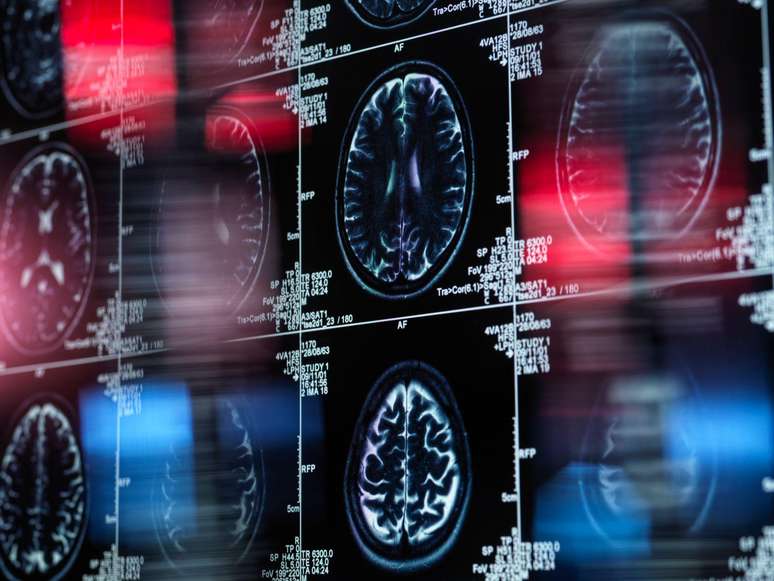Scientists are discovering how the brain reacts when a disease affects our body.
When we are told that we are going to get the flu, the first thing that comes to mind are the physical symptoms: muscle aches, cough, and fever. However, what really makes us feel bad is the extreme tiredness, apathy, irritability, and that mental fog that seems destined to last forever.
This set of symptoms is known as sickness behavior, and while unpleasant, it serves an important purpose.
Sickness behavior

It turns out that the symptoms we experience during a viral or bacterial infection are not simply side effects of the disease, but have a beneficial function: they allow our body to redirect its energy to fight the pathogens that have invaded us. In other words, we feel bad so we can feel good.
However, sick behavior can also be an unwanted side effect in patients with cancer or autoimmune diseases.
These people are treated with drugs that include immune molecules known as interferons. Interferons are produced and released by cells in our immune system when we suffer from an infection, but their therapeutic use can trigger these unpleasant symptoms.
The blood-brain barrier

But how does the disease affect brain function and our mental state?
To try to answer this question we must first introduce the blood-brain barrier, a complex structure whose primary function is to protect brain cells.
The blood-brain barrier is a protective system that prevents most pathogens and immune molecules from entering the brain.
For a long time, it was thought that this barrier also blocked signals from the immune system. Today, however, we know that there are a whole series of mechanisms that allow certain messengers to cross the barrier and influence behavior.
What do mice tell us?

To clarify how an infection can lead to sick behavior, a German research group conducted a study in which they exposed mice to a virus that causes a short-term pathology.
Next, they assessed the pathogen’s effects on behavior, using a standard test for detecting depression in rodents. This test, known as the Morris water maze, involves placing the animals in a container filled with water and having to swim until they find a platform that allows them to escape.
In general, healthy mice usually fight until they fail, but depressed rodents quickly give up and start floating. Here’s the interesting part: The virus-infected mice spent nearly twice as much time floating, suggesting that the virus was altering their behavior; that is, when they were sick, they were visibly depressed.
In this study, they found that the virus induced mice to produce a type of interferon, interferon-β, an immunological molecule that, in turn, stimulates other receptor molecules found in structures that are part of the blood-brain barrier.
Genetics and behavior of disease
To determine whether these receptors located in the blood-brain barrier triggered sick behavior, the researchers compared normal mice with genetically modified animals lacking these receptors.
Then, they triggered the same immune responses in the mice as the viruses and subjected them to the fluctuation test. In it, the modified mice took about 50% less time to find the platform than normal rodents, suggesting that the former are much less vulnerable to depression, since they do not carry the receptor.
The role of CXCL10 in the brain
As mentioned, researchers have managed to identify two parts of a mechanism that transmits immunological signals across the blood-brain barrier: interferon-β and the receptors it stimulates. But they still needed to determine which molecule in this signal cascade caused the changes in the brain.
They found that, in response to interferon-β, blood vessel cells produce another molecule: CXCL10, which has known inflammatory activity in rheumatoid arthritis.
When they measured the electrical activity of neurons in the hippocampus, the part of the brain that helps form memories and also influences our emotions, the research team found that CXCL10 altered the neurons’ responses in a way that could reduce the animals’ ability to learn.
In this way they were able to explain, at the cellular and electrophysiological level, the basis of sick behavior.
An important implication of this work is that it opens the way to finding ways to halt disease behavior in patients with cancer or autoimmune diseases receiving interferon treatments.
What is clear, however, is that feeling sick is not simply an unnecessary annoyance. The symptoms we experience are a vital part of our body’s response to infection, allowing the immune system to focus on fighting off invaders.
*Francisco José Esteban Ruiz is professor of cell biology at the University of Jaén, Spain.
This article was originally published on the academic news website The conversation and republished here under a Creative Commons license. Read the original version here (in Spanish).
Source: Terra
Rose James is a Gossipify movie and series reviewer known for her in-depth analysis and unique perspective on the latest releases. With a background in film studies, she provides engaging and informative reviews, and keeps readers up to date with industry trends and emerging talents.







